Click below to listen to my 2 min. Garden Bite radio show: Tree of Heaven
It sounds so lovely… and it is… elsewhere in the world. But in the U.S., and just recently Minnesota and Wisconsin, it’s on the ERADICATE list! Tree of heaven – U of MN Ext.
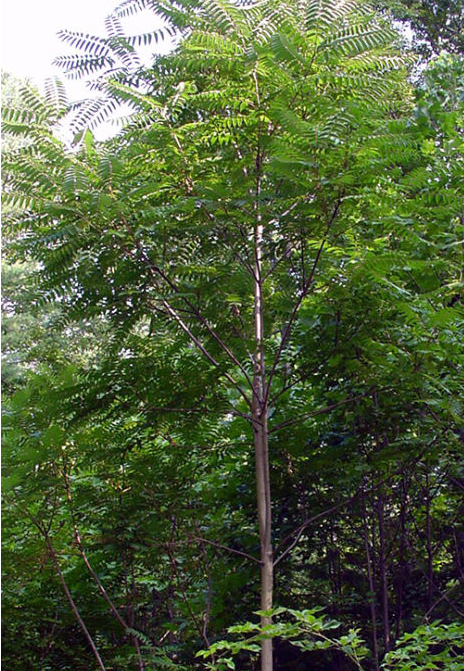
Every obnoxious, noxious weed was brought over with good intentions. These plants worked well and were beautiful in other countries, so there was an assumption they would do fine here. It took decades, and in some cases, a century to find out, not so much!
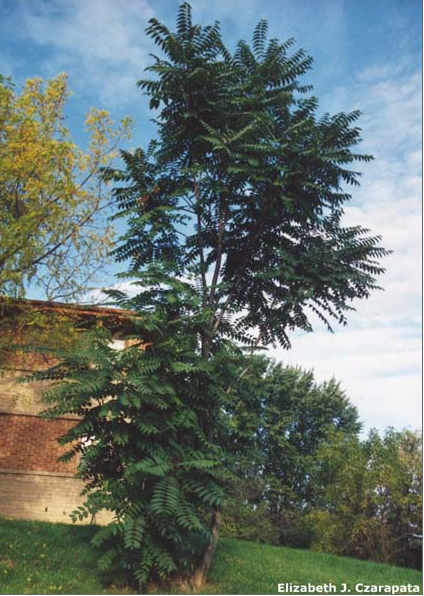
Tree of Heaven is a bugger. It’s a deciduous tree native to China, Taiwan and Vietnam, brought to the US in the late 1700’s as an ornamental shade tree. It looks similar to our staghorn sumac, ash and walnut. But smells pretty awful, apparently.
More information from Penn State on Tree of Heaven.
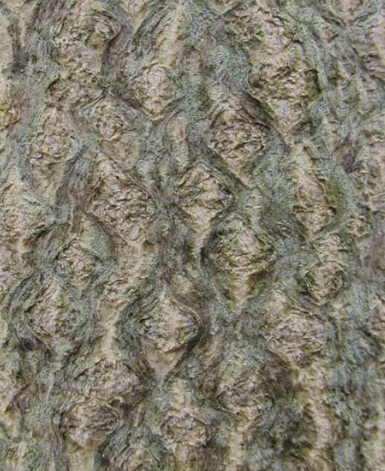
This month, the MDA changed it’s status from noxious to Eradicate! Tree of heaven is fast growing, can reach 90 feet in height, and live 30 to 70 years. It’s highly adaptable and tolerant of disturbance. It is dioecious, meaning there are separate male and female plants. Female plants produce prolific amounts of seed, up to 325,000 seeds per year.
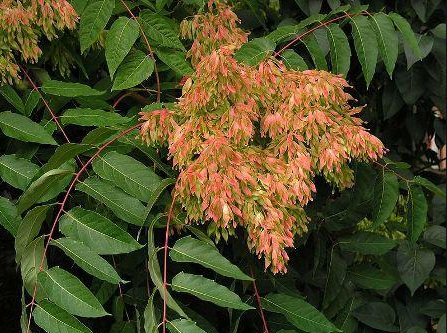
Tree of heaven can be distinguished from native species by its fuzzy, reddish-brown twigs and clusters of light green seed pods. It spreads aggressively in response to above-ground cutting or root breaking. Root fragments found in infested soil may start new populations.
Oh, and it’s the preferred host for the invasive spotted lanternfly (Lycorma delicatula) which attacks over 65 tree species, including trees grown in the Upper Midwest.
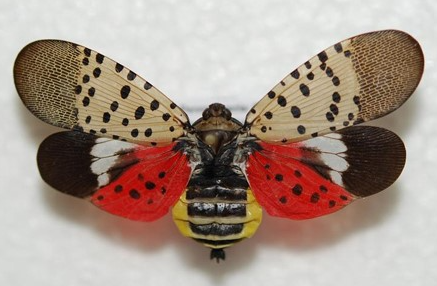
While the Tree of Heaven is not overly prevalent here, it’s one to keep an eye on. The name, Tree of Heaven, comes from it’s “reaching for the sky”.
More sources:
List of invasives from the Minnesota DNR
List of invasives from the Wisconsin DNR
